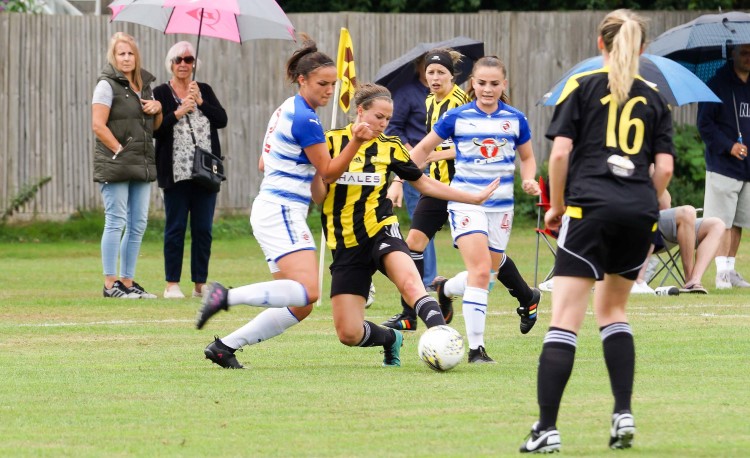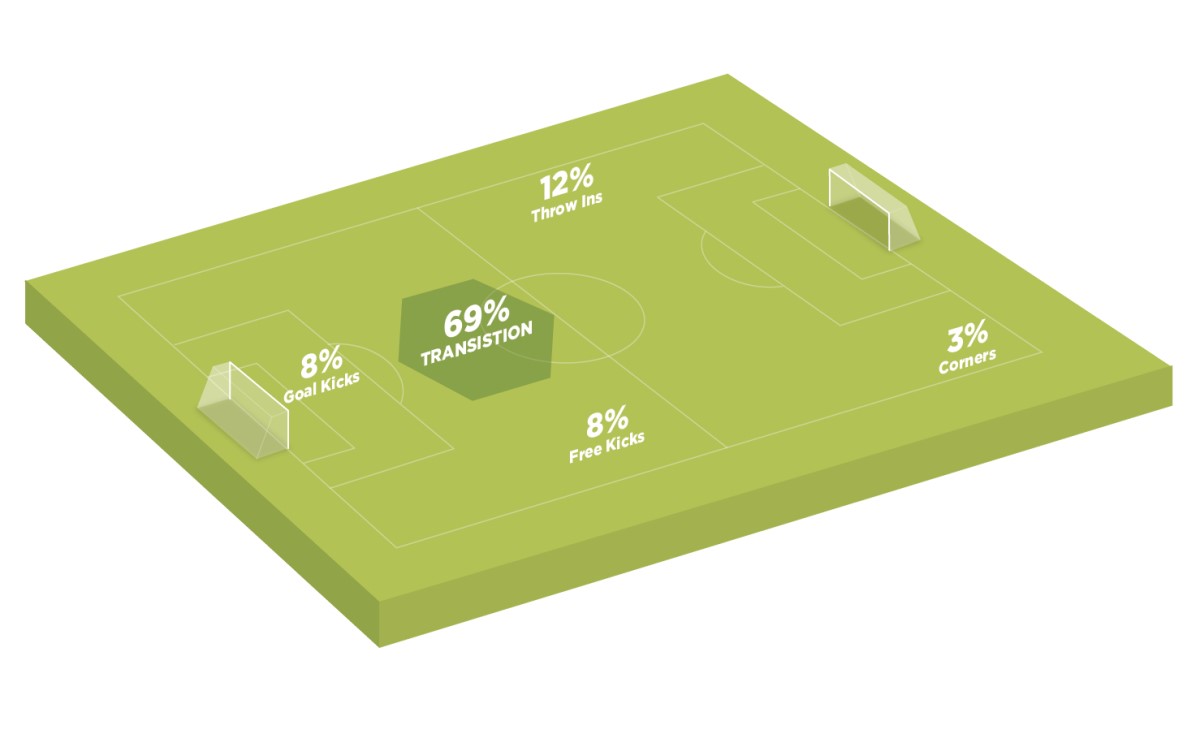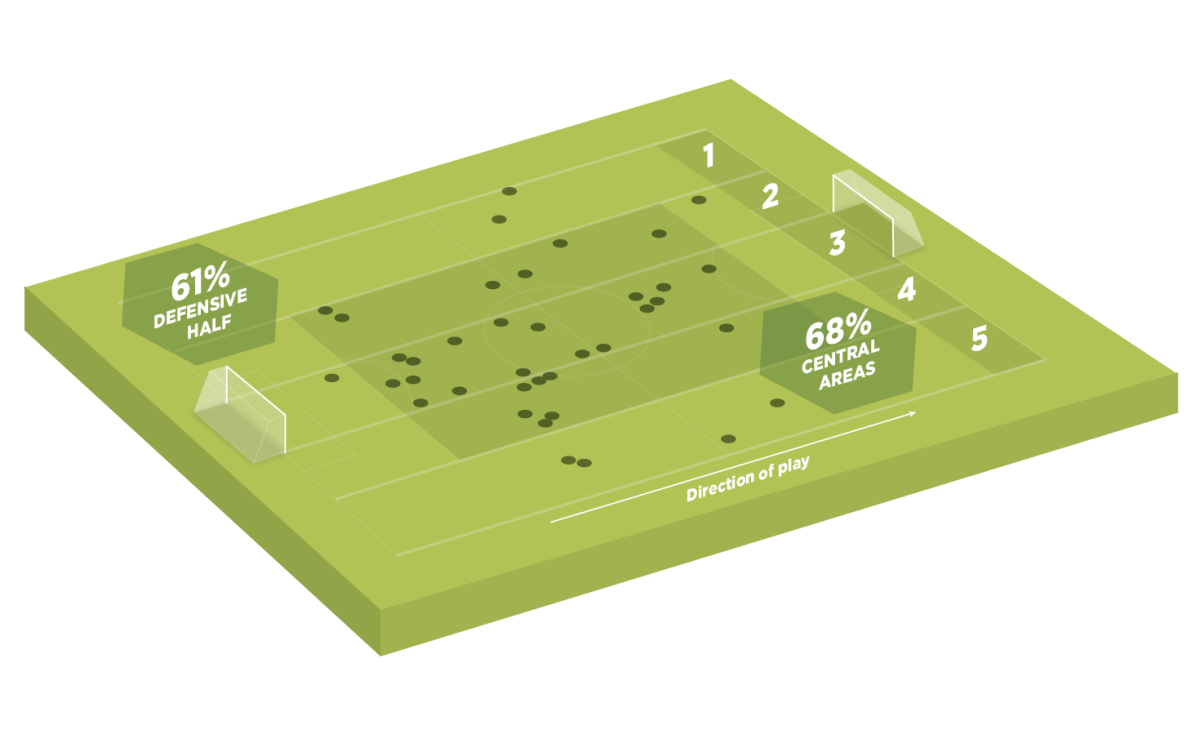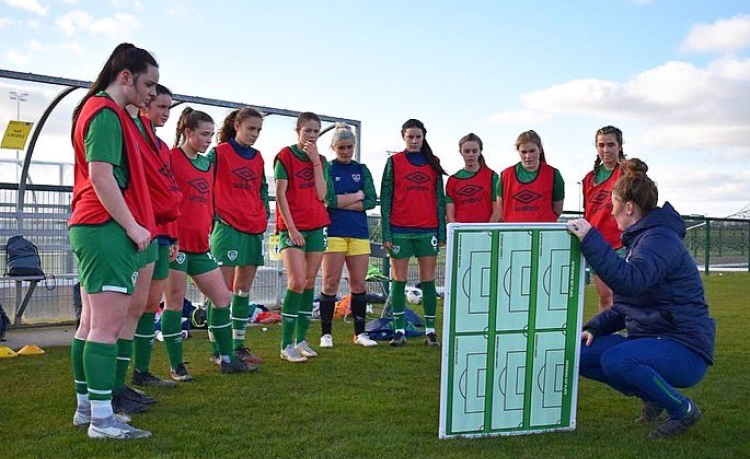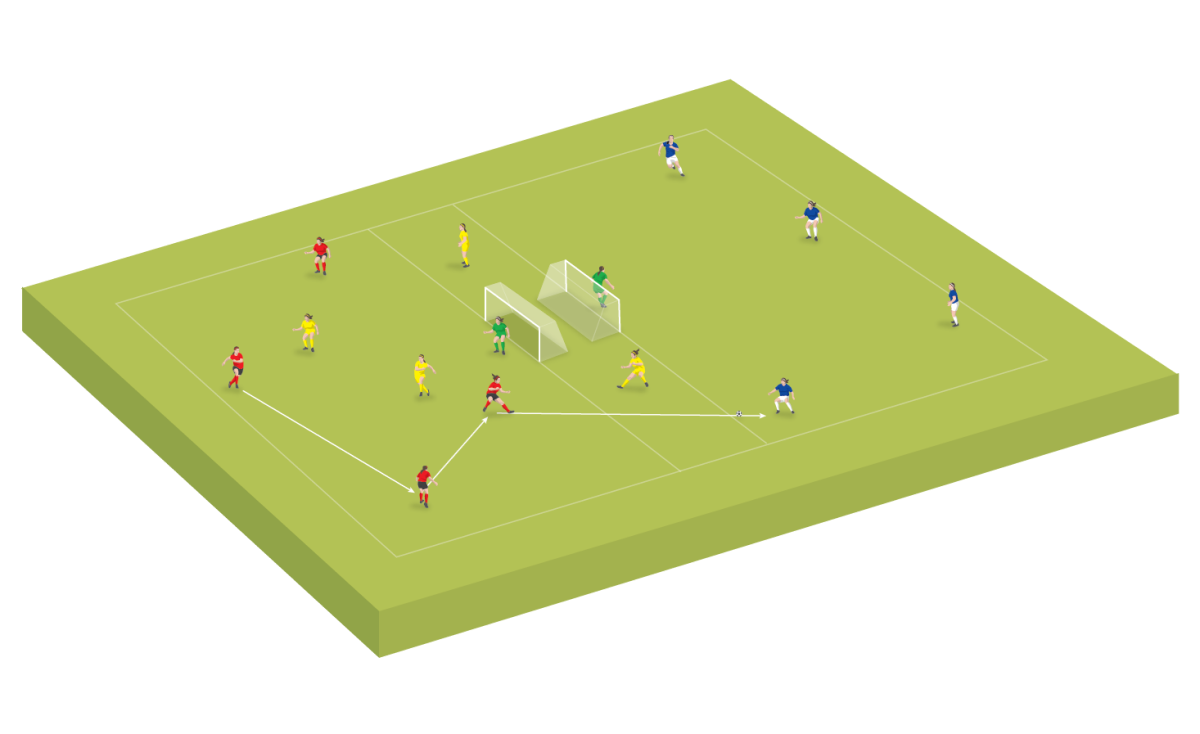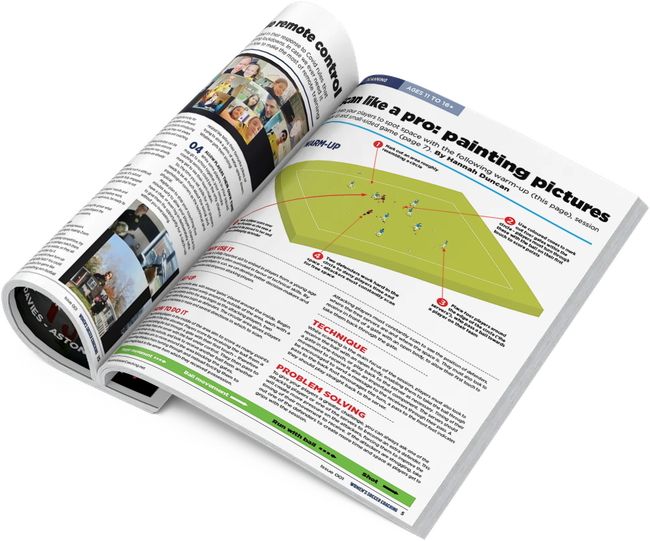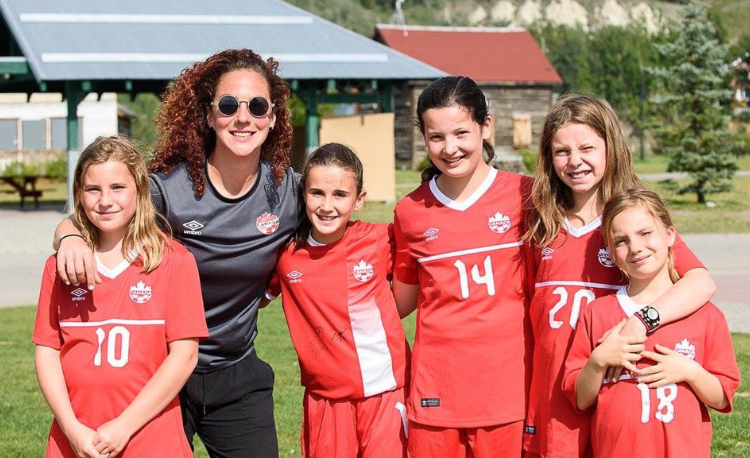You are viewing
1 of your 3 free articles
Transitions and the stats behind them
Forget playing out, most possession begins by winning the ball in key areas of the field. Leonie Wade reveals what the figures mean for your session design.
What is a restart? Or, more importantly, when talking about our sessions, where and how does possession start?
As per the diagram (below), statistics show that 69% of possessions start from a transition, with the remaining 31% from a form of set-piece, such as a goal-kick, free-kick, corner or throw-in.
We tend to practise a lot around these set-pieces, especially with the trend around playing out from the back and our goalkeepers becoming our first line of attack.
As a result, we spend a lot of time developing practices from goal-kicks. But how many goal-kicks occur in your game? The average at elite level is 17. There are twice as many free-kicks (33) and even more throw-ins (40).
Aside from goal-kicks, what possession does your goalkeeper have? Is it played back to them from your centre-backs, or from the opposition? Is the ball on the floor or in the air? And where does this possession occur? On the six-yard line? Inside the 18-yard box?
These are all considerations when planning sessions to try and make training more relevant, with scenarios our goalkeepers recognise from games - therefore preparing them tactically, as well as technically.
What areas of the pitch do changes in possession happen? The 2022 Women’s Euros showed that more turnovers happened higher up the pitch.
Related Files
As illustrated in the diagram (above), of all the counter-attacking goals that were reviewed, the transition occured in central lanes in 68% of them.
Further to this, 61% occured from the attacking team winning possession back in their own defensive half. This can often leave the opposition vulnerable as their players must attempt to switch quickly from their attacking positions to regain a solid defensive shape and prevent conceding from a counter attack.
These figures were a marked change from previous Women’s Euros, where a higher number of turnovers occurred in wider areas, but in line with the trend of the high press.
Pitch position
If we are to use this information for our own sessions - when starting a phase of play or functional practice - the ball more often than not should start centrally.
However, consider your formation when planning these practices. Teams press in a compact way. If you play with wing-backs, or wide players, it may be more apt to add in restarts from wide areas.
This should be the starting point in planning, as it dictates many of the questions posed in the ’how?’ and ’where?’.
What is your session outcome? What moment in the game are you trying to replicate? Is it an in-possession topic such as build-up play? Or an out-of-possession topic such as a high press?
Think about where your players, and their opposite numbers, would start in relation to where the ball is. Where on the pitch is most relevant for what you want out of the session?
Tactical periodisation
Another consideration is tactical periodisation, which may impact pitch size and player ratios.
Is it the day before or after a game where player load needs to be low, and distances need to be smaller? Is it opposed or unopposed? Is there an underload or overload?
Is there a challenge for both teams? Are there goals, a target zone or area? How does this affect who starts with the ball? And where should the ball start?
How many times do you start a ball from a certain place? Is it continuous or dictated by time? Is it dictated by players? By success? Or are there a certain number of balls to ensure accountability?
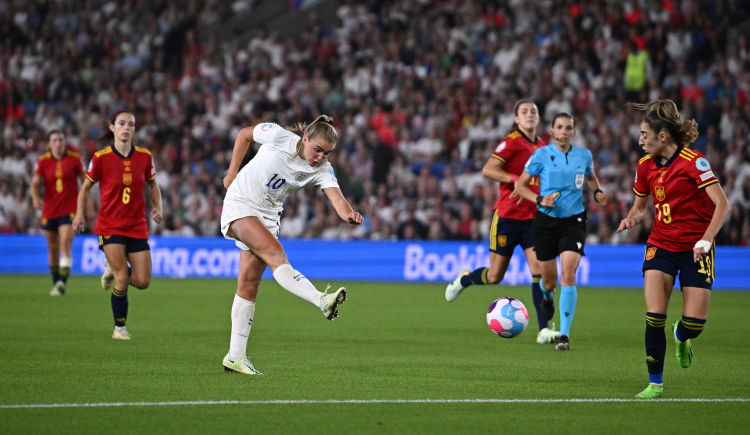
Intensity
The final consideration, for me, when it comes to planning restarts, is intensity.
How intense do you want your sessions? How will ball-rolling time affect this? Can you use the time between restarts to coach your players? Do you need a supply of balls from planned, or random points, to drive the intensity to allow players to reach the physical needs to replicate a game?
Ultimately, we need to have some matchday considerations. What does it look like for you and your team? Where do most restarts or changes in possession happen? What pictures or scenarios are you trying to show your players?
Below is an example of an activity that takes all this into account.
Restarts are a small consideration when planning sessions, but will have a big impact.
Football is fluid, despite there only being one ball. Variation and realism are key tools to prepare your players for every eventuality. As coaches, it is our job to prepare the players for the game.
I would encourage any coach to take the time to observe their team, and understand the what, how and where possessions restarts occur, and implement this into your training.
practice: transition play with goals
It’s four days before gameday. My topic is high press. I will use a rondo transition game with goals.
The area is small enough to allow for success and high-intensity sprints, but big enough for the players to be able to keep possession on limited touches.
This practice will allow for a lot of transition, as we know possession comes from transition 69% of the time. Therefore it provides realism.
The activity uses six blocks of three minutes, allowing enough time for repetition but not so much that we lose the intensity due to physical demands.
Time will dictate the practice and enable high-pressing with players aware of the game conditions.
Using a set number of balls could dictate the length - but, depending on the success in each block, it could affect the mindset and fatigue of the players.
Teams can gain points in two ways: scoring a goal or switching the ball to the opposite area.
As teams constantly rotate, the quick transition to not concede a point drives the intensity.
The pressing team will be underloaded. This allows for some success for the in-possession teams, with a more realistic defensive topic of both pressing and screening, and more reactions in transition. The press will be a central press, as the wide pass should be screened by the other defenders.
Finally, the ball’s starting position will predominantly come from where the coach is standing.
However, with the ball being transferred, and goalkeepers distributing from a save, there will be opportunities for variation.
Newsletter Sign Up
Newsletter Sign Up
Discover the simple way to become a more effective, more successful soccer coach
In a recent survey 89% of subscribers said Women's Soccer Coaching makes them more confident, 91% said Women's Soccer Coaching makes them a more effective coach and 93% said Women's Soccer Coaching makes them more inspired.
*includes 3 coaching manuals
Get Inspired
All the latest techniques and approaches
Women's Soccer Coaching offers proven and easy to use soccer drills, coaching sessions, practice plans, small-sided games, warm-ups, training tips and advice.
We've been at the cutting edge of soccer coaching since we launched Soccer Coach Weekly in 2007, creating resources for the grassroots youth coach, following best practice from around the world and insights from the professional game.
